It’s not easy being an astronaut. Dealing with isolated conditions during long flights can trigger multiple stressors, as signal delays make astronauts feel the anxiety of being far from Earth and the psychological fear of deep space. A series of experiments conducted on Earth and during current missions aboard the International Space Station found the monotony of vision aggravates the crew’s anxiety, irritability and depression.
However, researchers from the European Space Agency may have found a way to counteract these stressors caused by visual monotony and monochromatic colors by using multicolor lighting.
The study analyzed 20 Chinese nationals — 10 men and 10 women — from Xiangtan University between the ages of 21 and 27. They were then placed in 20 isolation wards at Xiangtan Central Hospital for seven days. Each isolation room was painted white and the floor dark gray, and furnished with a chair, table, bed and bedside table. Neutral colors were also used to reduce any effects of the room on the colors to be used in the experiment.
Sixteen million color dynamic light bulbs projected the colored light in the multicolor lighting rooms. A multicolor lamp was also placed in the middle area between the desk and the bed in the isolated ward to make sure the participants were affected by the multicolor lighting during daily activities.
The 20 university students were then randomly divided into two groups: one that was exposed to multicolor lighting and a control group that was exposed to a static, monotonous white interior.
For the multicolor lighting group, the color of the multicolor light was randomly changed every three hours between 8 a.m. and 10 p.m.
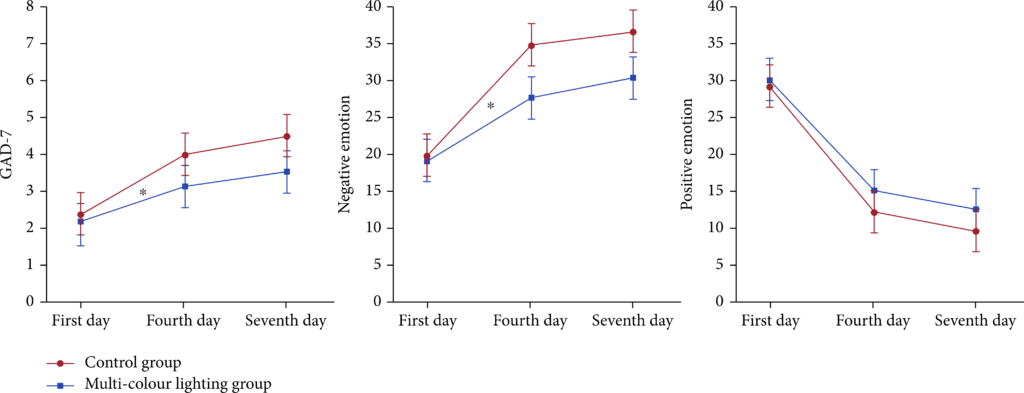
When the participants were isolated, they were not allowed to use cell phones, computers, televisions, or iPads, but could read paper books and do yoga. Their psychological state was recorded on the first, fourth and seventh days.
Researchers found that that the control group expressed negative emotions and their anxiety increased over time. However, the group exposed to multicolor lighting did not show any significant increase in negative emotions and anxiety.
The study revealed the participants’ anxiety level was significantly higher on the fourth and seventh days than that on the first day in both groups. But there was no significant difference between the level of anxiety on the fourth day and on the seventh day.
Researchers conclude that “multicolor lighting was found to alleviate the increase in anxiety and negative emotions caused by isolation and confinement,” according to a statement. Changing the light color even helped the participants get an increased sense or surprise to counteract the monotony of isolation.
Researchers believe colored lighting or other sensory adjustment interventions can be used in future space explorations to reduce negative emotions and anxiety among astronauts.
The study is published in the journal Space: Science & Technology.
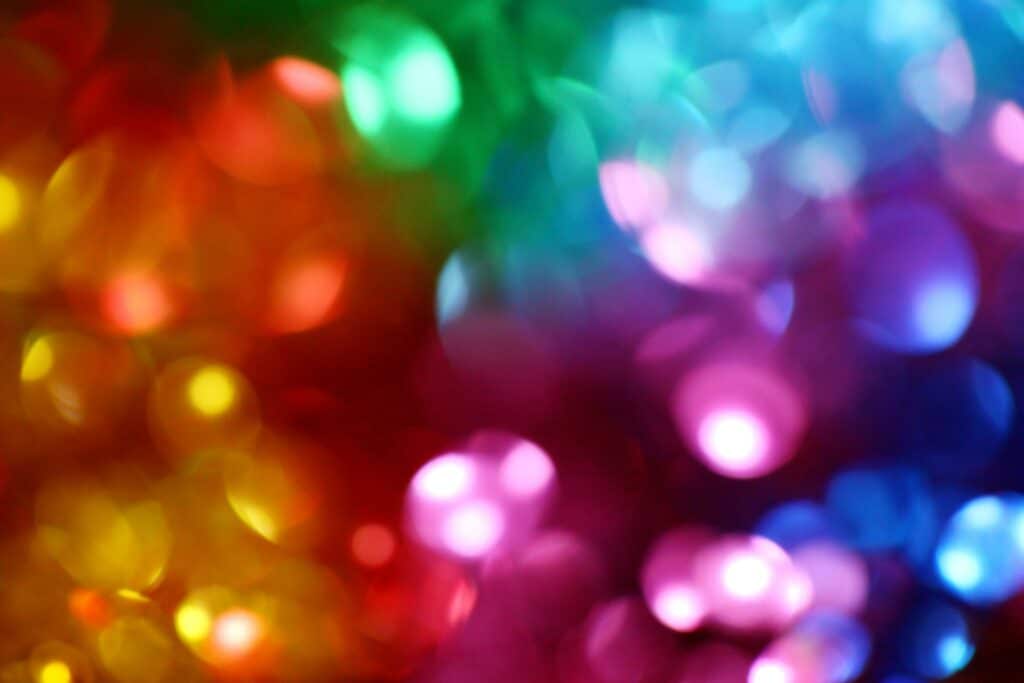

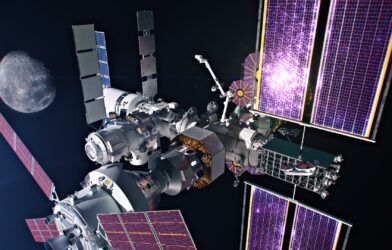
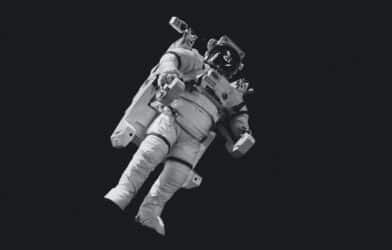
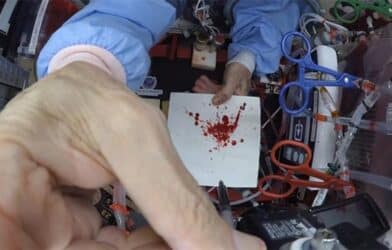
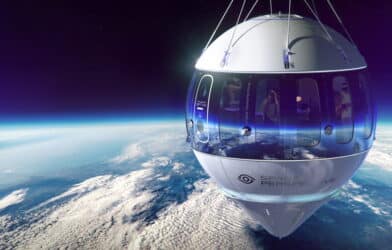






The only folks eligible for deep space are ones with a quiet mind, good luck finding them.